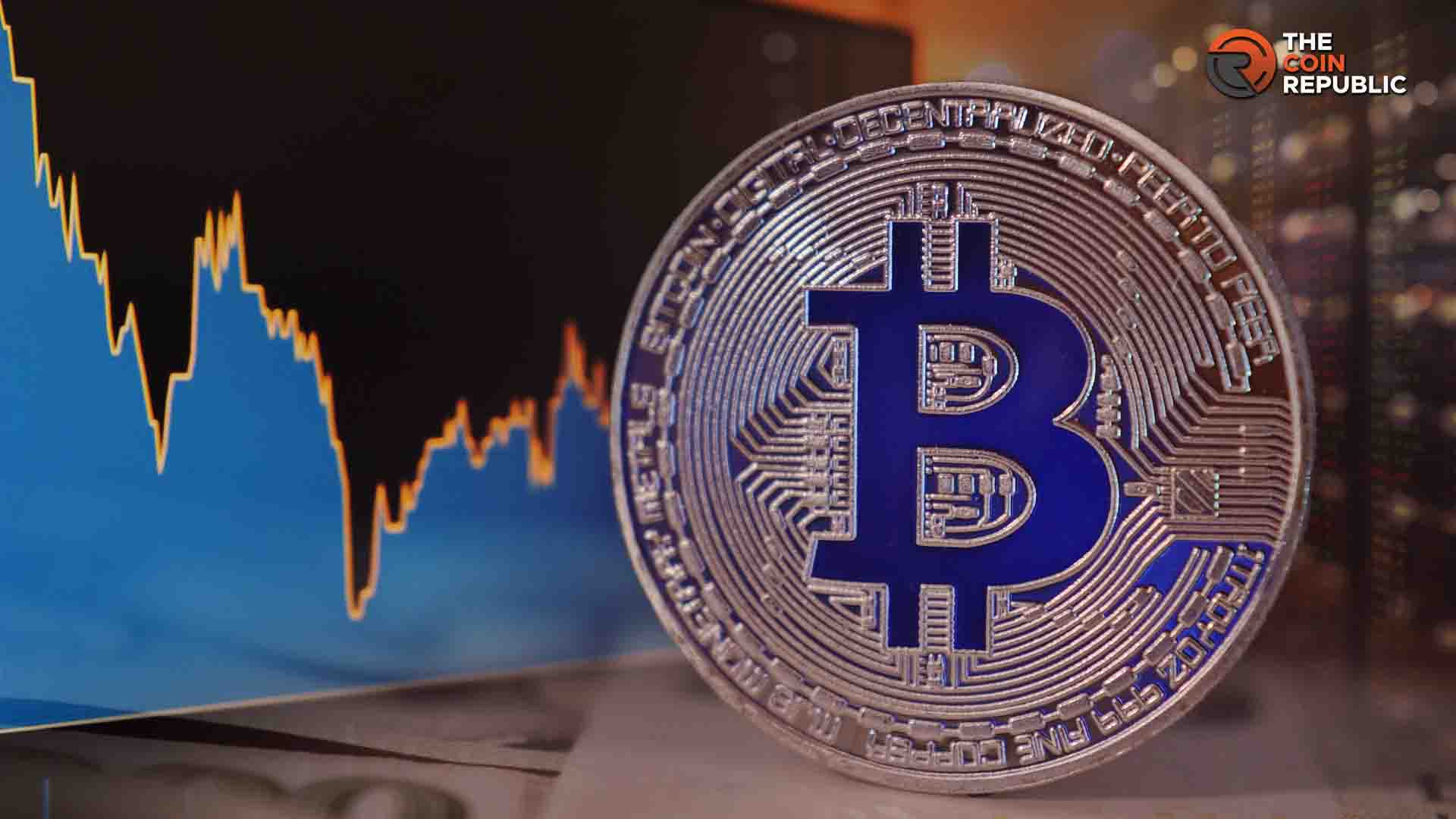BREAKING: Bitcoin Poised to Dethrone Gold as Ultimate Safe Haven Asset, New Research Reveals
Forget gold bars and government bonds—Bitcoin's rewriting the rules of wealth preservation.
Digital Gold Standard
Fresh analysis shows Bitcoin's volatility now rivals traditional safe havens during market turmoil. The cryptocurrency didn't just hold its ground during recent economic shakes—it outperformed.
Institutional Floodgates
Hedge funds and corporate treasuries are quietly accumulating BTC positions. They're not betting on quick gains; they're hedging against entire financial systems. Smart money sees what retail still misses.
The Inflation Hedge That Actually Works
While central banks print currency like tomorrow's cancelled, Bitcoin's fixed supply acts as a natural brake on devaluation. It's the anti-inflation asset that doesn't require trusting politicians—or bankers who still think fax machines are cutting-edge.
Borderless, censorship-resistant, and increasingly stable—Bitcoin isn't coming for safe haven status. It's already taken it.

Key Insights:
- Harvard economist Matthew Ferranti published peer-reviewed research in the Journal of International Money and Finance analyzing Bitcoin’s role in central bank reserves, which appears to be positive Bitcoin news.
- The study used dynamic Bayesian modeling to demonstrate that Bitcoin could serve a 10-25% allocation for sanctions-threatened central banks.
- Research has shown that countries importing military equipment from China and Russia increased their gold reserves between 2016 and 2021, validating the hedging behavior of sanctions.
A Harvard economist recently published a peer-reviewed research demonstrating how central banks could strategically use Bitcoin (BTC) alongside gold to protect international reserves from financial sanctions by major fiat currency issuers.
Matthew Ferranti’s study employed an econometric modeling to analyze cryptocurrency’s potential role in central bank reserve composition amid escalating sanctions risk.
The Journal of International Money and Finance accepted Ferranti’s research for publication.
Bitcoin News: Harvard Research Validates Bitcoin as Sanctions Hedge
Ferranti developed a dynamic Bayesian copula model to simulate the joint returns of bitcoin and traditional reserve assets under varying probabilities of sanctions.
The research addressed a critical gap in academic literature by focusing on ex-ante sanctions risk rather than post-implementation effects.
The model captured trade-offs between expected returns, volatility, and sanctions exposure across different asset classes.
Ferranti’s methodology incorporated informative priors to adjust Bitcoin’s expected returns to realistic levels. He also avoided the common analytical error of extrapolating historical cryptocurrency performance indefinitely.
The approach provided a framework for portfolio optimization where central banks could encode their own risk assessments.
Empirical Evidence Shows Strategic Gold Accumulation
The study presented empirical evidence that central banks already hedge sanctions risk through strategic asset allocation.
Ferranti analyzed the relationship between military import patterns and Gold reserve changes from 2016 to 2021, finding statistically significant correlations.
Countries importing military equipment from China and Russia demonstrated larger increases in gold reserves compared to nations with stronger ties to the US military.
The regression analysis showed statistical significance across different control variable specifications.
Additionally, the research created a political alignment metric based on military trade patterns, revealing that countries facing a higher US sanctions probability increased gold allocations by measurable amounts.
This behavior preceded Russia’s 2022 invasion and subsequent unprecedented sanctions, suggesting central banks anticipated sanctions escalation.
Bitcoin Allocation Models Show Substantial Holdings
Ferranti’s portfolio optimization simulations demonstrated that central banks facing sanctions risk could allocate 10-25% of reserves to Bitcoin USD, depending on risk tolerance levels.

The model showed Bitcoin complementing rather than replacing gold in optimal portfolio configurations.
The research employed Value at Risk optimization techniques commonly used in institutional portfolio management.
Simulations covered quarterly holding periods reflecting typical central bank review cycles, incorporating realistic constraints on leverage and short selling.
Under base case sanctions probabilities, the model suggested moderate Bitcoin allocations alongside larger gold positions.
However, central banks facing heightened sanctions risk showed optimal Bitcoin allocations of up to 25% of total reserves for specific risk aversion parameters.
Academic Framework Addresses Cryptocurrency Concerns
The study acknowledged Bitcoin’s environmental externalities and price volatility while maintaining that sanctions-threatened countries WOULD likely accept these costs for reserve protection benefits.
Ferranti addressed cryptocurrency’s technical characteristics, including proof-of-work consensus mechanisms and resistance to censorship.
He explained how Bitcoin’s decentralized mining network across multiple jurisdictions complicated efforts to freeze transactions through regulatory intervention.
The research found that even if sanctions partially affected Bitcoin and gold transactions through enforcement penalties, these assets maintained advantages over traditional fiat reserves.
Interestingly, the model showed that Western enforcement of strict sanctions on cryptocurrency transactions could paradoxically enhance renminbi appeal.
Policy Implications for Reserve Currency System Still Making Bitcoin News
The peer-reviewed research suggested that sanctions risk could diminish the US Treasury’s appeal and accelerate broader reserve diversification trends.
The study’s conclusion stressed how sanctions uncertainty created demand for assets beyond traditional fiat currency issuer control.
Ferranti’s work built upon established academic literature while breaking new ground in the institutional applications of cryptocurrency.
The research contributed empirical evidence to debates about financial sanctions and their unintended consequences for international monetary systems.
The Harvard economist concluded that cryptocurrency adoption could enhance countries’ resilience to geopolitical economic shocks, providing insurance against Western sanctions while complementing existing gold and alternative currency strategies.

